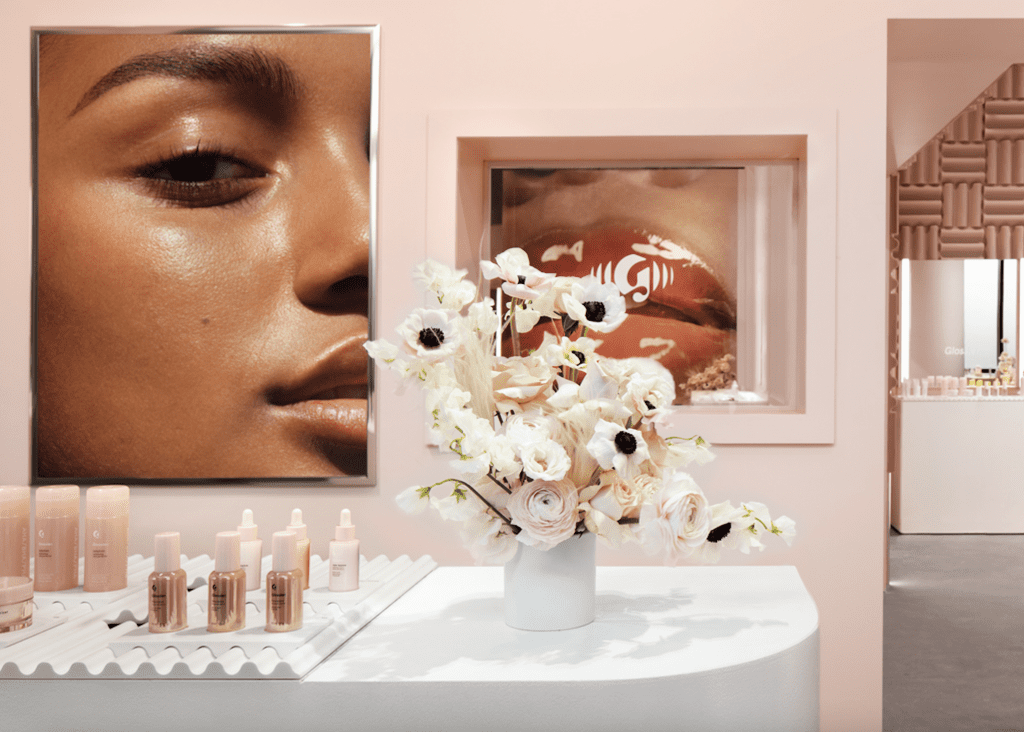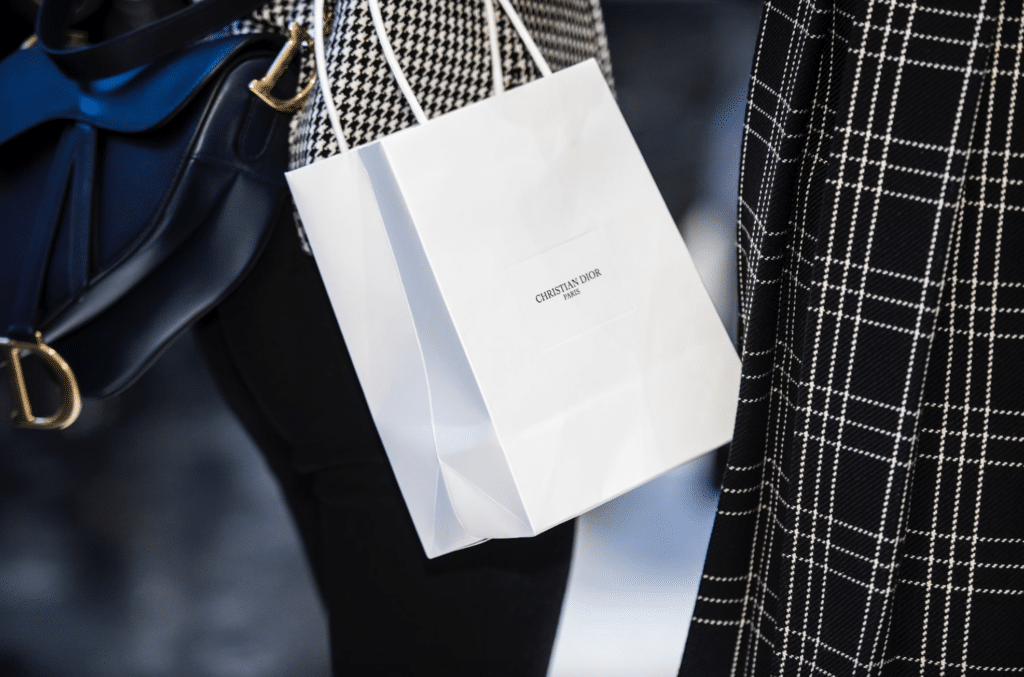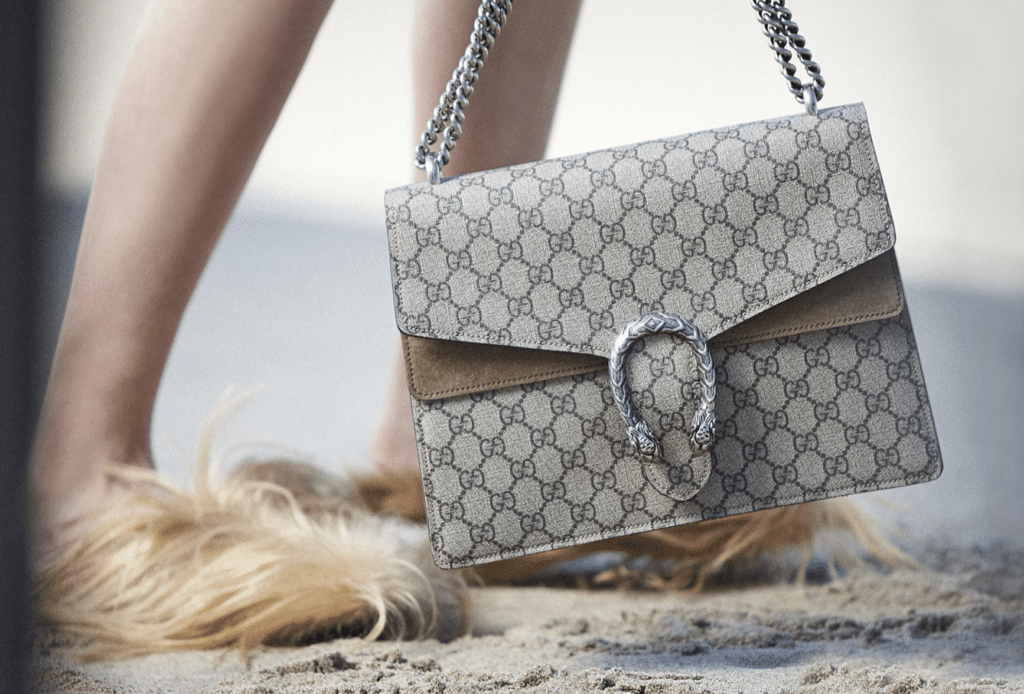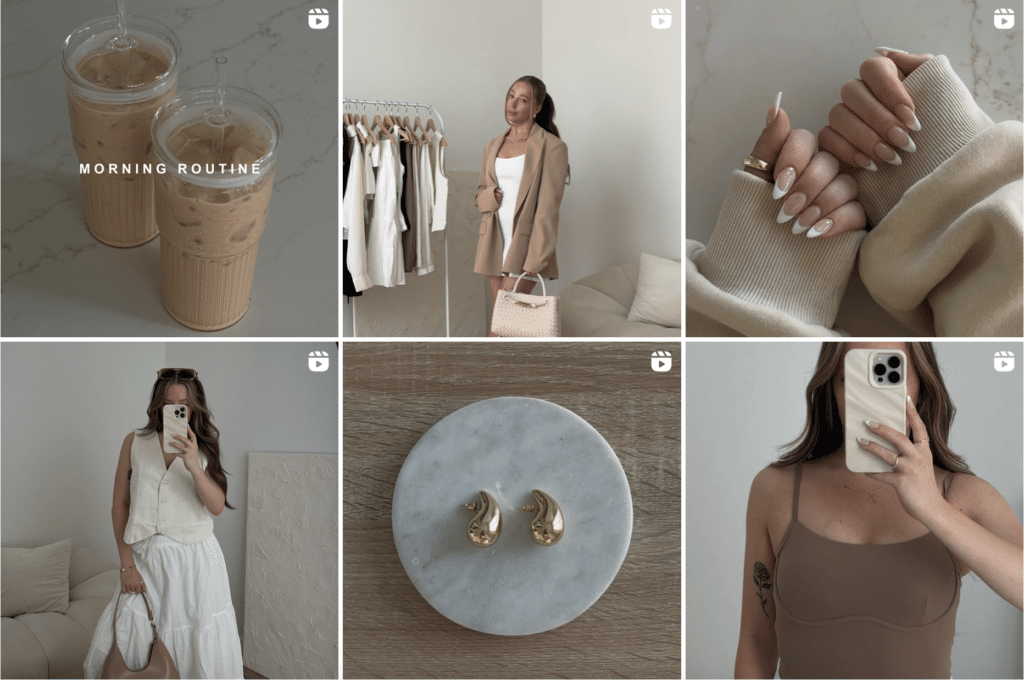After closing all of its physical retail outposts during the initial onset of the pandemic, Glossier announced this summer that it was looking to get back into the brick-and-mortar business. In a blog post in June, founder Emily Weiss stated that “the world of Glossier is ready to exist again in 3D,” and that the company would be opening three new stores “starting in Seattle this August, followed by Los Angeles in the fall, and London in the winter” in furtherance of a larger “retail roadmap to bring Glossier to many more places, including our home base of New York City, in 2022.”
More recently, Weiss revealed that the company – which closed an $80 million Series E round in July – has been busy “reimagin[ing] the Glossier retail experience,” with a focus on “fostering connection, community, and discovery.” The robust re-focusing on physical retail will be spearheaded by newly-appointed Senior Vice President of Retail Kristy Maynes, who “served as the general manager of Lululemon’s first 40 stores in Canada and opened the athleisure brand’s first locations in Europe,” per Fortune.
In addition to serving as a way to enable “digital and offline experiences [to] exist in harmony” by way of “immersive, real-life experiences rooted in discovery and connection,” which Weiss says are “more resonant than ever” even if consumers continue to rely heavily on e-commerce, the $1.8 billion brand’s brick-and-mortar stores will help Glossier to continue to cement its branding in the minds of millennial consumers. This is, of course, something that Glossier has excelled at – from its authenticity-centered ethos, which has permeated into Instagram account from the outset (“Glossier has perfected [its] marketing on Instagram, not only by using models who seem ‘relatable,’ but by reposting content made by regular customers wearing its products, who willingly associate themselves with the brand,” Quartz put it in 2019) to its instantly-recognizable pink bubble wrap pouches.
Glossier’s foray back into physical retail involves its millennial pink, of course, which the brand has positioned as its calling card of sorts when that hue is used across cosmetics packaging, including boxes and those translucent bubble wrap bags. The seven-year-old beauty company also maintains trademark rights in – and registrations for – the shape of its perfume bottles, its distinctive “G” logo, and no shortage of its catchy product names (think: Cloud Paint, Balm Dotcom, etc.). Taking its branding exercise a step further, Glossier introduced a display table in the first of its newly-rolled out stores, the top of which the brand claims acts as an indicator of source.
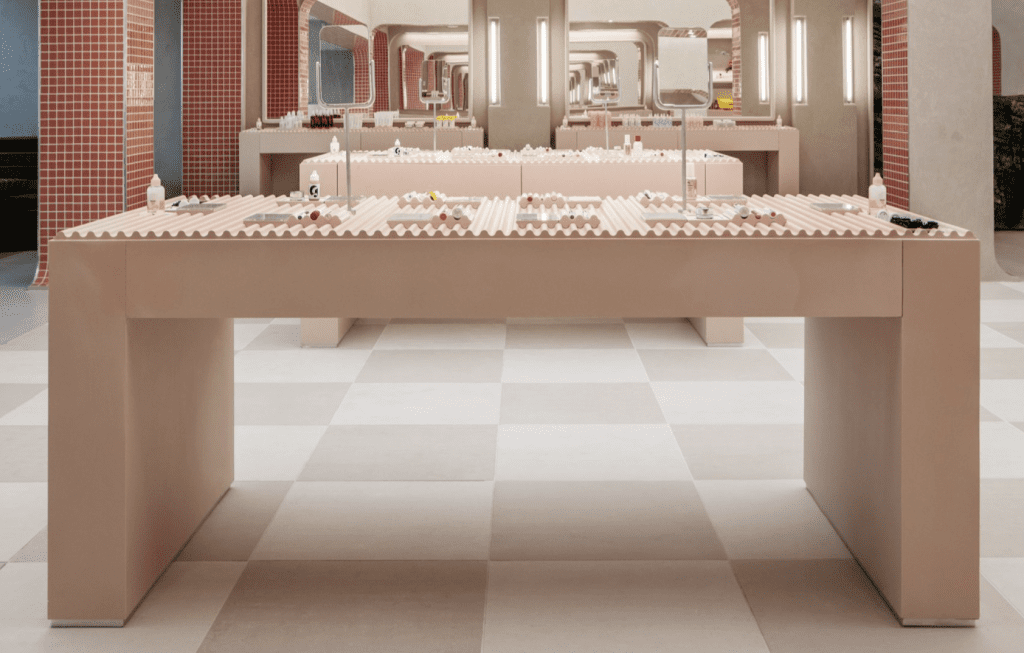
According to the trademark application for registration that it filed with the U.S. Patent and Trademark Office last month (serial no. 97079249), Glossier is asserting rights in “the three-dimensional configuration of the top of a retail display table, [with] said top featuring a three-dimensional pattern appearing as waves” for use in connection with “retail store services featuring cosmetics, makeup, perfumes,” etc. (Note: The brand is not claiming any rights in the use of the display in a specific color, which appears in both white and in its ubiquitous millennial pink in its almost three-month-old Seattle store.)
Given that the pool of potentially protectable subject matter when it comes to trademarks is broadly open to any “symbols” that are capable of identifying a single source when used on/in connection with certain types of goods or services, the top of Glossier’s tables very well function as a trademark for the brand in the same way as its use of a specific color pink does.
And it is worth noting that Glossier’s attempt to claim rights in allegedly source-identifying furniture is not an entirely novel one. The burgeoning brand appears to be taking a page from Apple’s book, as the tech titan is famous for maintaining registrations for the layout of its stores, for instance, including, “light brown rectangular tables arranged in a line in the middle of the store parallel to the walls and extending from the storefront to the back of the store.” At the same time, the Cupertino, California-based company also has a long list of design patents for things like Jony Ive-designed tables and credenzas, as well as shopping bags and other product packaging, which the brand may claim trademark rights it once the duration of those patents lapses.
Glossier’s renewed focus on brick-and-mortar retail is in line with a larger trend of what brands across the board are doing in the wake of the pandemic; buzzy direct-to-consumer underwear brand Parade, for example, recently raised $20 million in a Series B round led by Reformation and Califia Farms backer Stripes, with one of its primary goals being to fund its initial expansion into brick-and-mortar. Elsewhere in the market, brands are working to provide consumers with an omni-channel experience, with an emphasis on both in-store and e-commerce capabilities, with The RealReal’s CFO Matt Gustke, for one, stating early this year that physical stores are important to the luxury reseller, as they “make it easier to sell high value products,” while also leading to “return rates [that] are exceptionally low” compared to online sales. At the same time, margins tend to be notably higher for in-store sales.
This is a pattern that carries over across brands and industries, and one that is presumably driving at least some of the push by brands to get consumers back into stores, as well as brands’ investment not only in store safety measures but also unique in-store experiences, and in Glossier’s case, source-identifying decor. With this renewed interest in physical retail in mind, chances are, we just might start to see renewed efforts by brands to protect brand-centric assets in their stores in the same vein as Apple and Glossier and in the same way as they have started to claim rights in their digital appearance and attempt to enforce those rights against alleged infringers.




